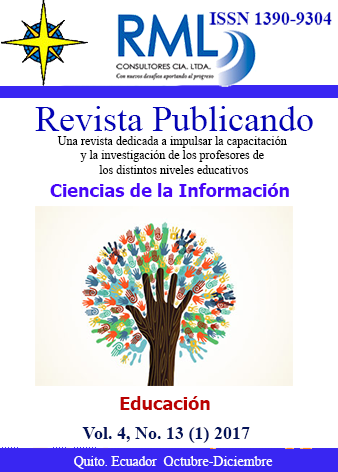Abstract
The study of concepts, difficult mentally and culturally-relevant concepts, which occupy a priority place in the national consciousness, remains one of the most modern and urgent problems of linguistic knowledge engineering science and linguistics. The article provides an overview of the main approaches to the study of the concept, its structure and content, as well as classification of concepts, conducted on various grounds. In the practical part of the article the main attention focuses on the description of the interpretive field of the concept "Fire", the identification of its general and specific cognitive signs in both English and Tatar languages. In this article, the interpretative field of the analyzed concepts is structured by phraseological units, proverbs and sayings, each of which reveals its part. Despite the fact that the concept "Fire" can be attributed to the generic units of the information base of the person, forming the naive picture of the world of any nation, there are certain national-specific features of the cognitive language environment which are identified at the level of the interpretation field.
References
Alefirenko N. F. 2003.The problem of verbalization of the concept: a Theoretical study. – Volgograd: Peremena,. – 248 p.
Babushkin A. P. Types of concepts in lexico-phraseological semantics of the language. – Voronezh, 1996. – 104 p.
Evans V. 2007.A Glossary of Cognitive Linguistics. – Edinburgh: Edinburgh University Press,. – 239 p.
Jackendoff R. Semantics and Cognition. – Cambridge (MA): The MIT Press, 1999. – 401 p.
Khrolenko A. T. Fundamentals of cultural studies: a textbook. – 5th ed. – M.: Flinta: Nauka, 2009. – 184.
Langacker R. W. A View of Linguistic Semantics // Topics in Cognitive Linguistics. Amsterdam / Philadelphia: John Benjamin Publishing Company, 1988. – pp. 49-90.
Lakoff G. Women, Fire, and Dangerous Things: What Categories Reveal About the Mind. University of Chicago Press, 1987. – 632 p.
Maslova V. A. Introduction to cognitive linguistics: Student”™s book. – 2nd ed. Rev. – M.: Flinta: Science, 2008. – 296 p.
Pavelenis, R. About sense and identity // Questions of philosophy. – 2006. – No. 7. – P. 67-73.
Popova Z. D., Sternin I. A. Language and consciousness: a theoretical distinction and conceptual framework // Language and national consciousness. Issues of theory and methodology. – Voronezh: Voronezh state University, 2002. – C. 8-49.
Pesina .S., Solonchak .T. Concept in Cognitive Linguistics and Biocognitive Science // Procedia – Social and Behavioral Sciences, 2015. – v. 192. – pp. 587-592.
Webster's Third New International Dictionary and Seven Language Dictionaiy. N-Y, 1993.
You are free to:
Share — copy and redistribute the material in any medium or format.
Adapt — remix, transform, and build upon the material.
The licensor cannot revoke these freedoms as long as you follow the license terms.
Under the following terms:
Attribution — You must give appropriate credit, provide a link to the license, and indicate if changes were made. You may do so in any reasonable manner, but not in any way that suggests the licensor endorses you or your use.
NonCommercial — You may not use the material for commercial purposes.
ShareAlike — If you remix, transform, or build upon the material, you must distribute your contributions under the same license as the original.
No additional restrictions — You may not apply legal terms or technological measures that legally restrict others from doing anything the license permits.
